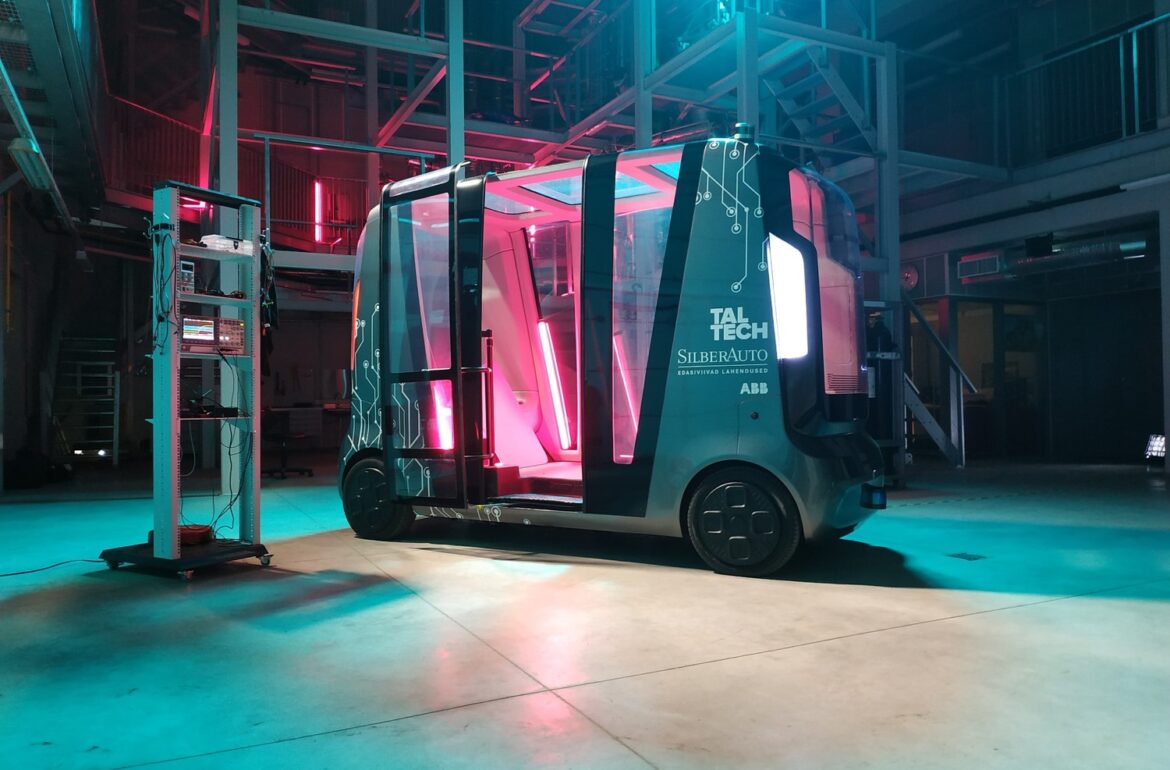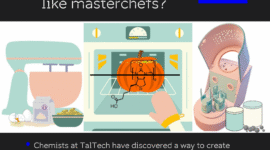Self-driving vehicles are gaining popularity nowadays all around the World and already reached the mass production stage. After successfully developing the first Estonian self-driving vehicle IseAuto, Tallinn University of Technology (TalTech) researchers are ready for new challenges and research self-driving vehicle Digital Twin development. Digital Twin is a trending technology, it is defined as a virtual representation that collaborates with the physical object throughout its lifecycle and provides services for the evaluation, optimization, prediction, etc.
Today’s vehicles’ general expectations are the ability to cover long distances in a safer way, which also includes decreasing the rate of accidents and traffic jams while providing convenient transport to an ever-increasing number of passengers. More than 10 trillion automobile kilometers are driven each year worldwide, with complex and novel conditions generating millions of situations in which vehicles could fail. The highly intelligent systems of a vehicle should consider a broader range of information not only about the current road situation but also about vehicle subsystems like a human driver do. Modern vehicles must quickly make decisions based on incomplete information in situations that the development team may not have considered. Such vehicles’ development is a matter of different subdisciplines with constantly augmenting applications in various manufacturing processes. The idea when a manufacturing company is maintaining a link with its product after it has left the factory is very much a twenty-first-century concept. The Digital Twin aspect indicates a connection between the physical object and the corresponding virtual twin established by generating real-time data from the real system.

The optimization of electric propulsion drive systems of self-driving electric vehicles using autonomous and monitoring sensors is not often discussed. The goal of the project carried out in TalTech titled “Digital Twin for Propulsion Drive of Autonomous Electric Vehicle” is to develop a specialized unsupervised prognosis and control platform for such energy system performance estimation. Digital Twin based platform will allow full synchronization and connectivity between virtual and real environments, which could enable control, teach, and manage propulsion drive system from virtual environments remotely in real-time.
Like any energy conversion system, electric vehicles are subject to different faults, the consequences of which depend significantly on the fault location. Electrical motor as a major component responsible for energy conversion must meet high standards and requirements. Electrical motor faults depend on the electrical machine type, although the faults can be divided into two categories: electrical and mechanical faults. Electrical motor stator inter-turn fault is considered one of the four most prevalent possible electrical motor failures, together with air gap eccentricity, broken rotor bar/end-rings, and bearing failures. All these faults result in performance degradation or possible unplanned stoppage of the system.
In the recently published work by the research group, we have implemented inter-turn short circuit fault detection into the induction motor’s Digital Twin. A spatial model developed in the video game engine Unity 3D was combined with middleware ROS service that allows online condition monitoring. The studied fault was simulated in laboratory conditions to verify the Digital Twin behavior.
Developed Digital Twin can serve as a virtual sensor for the separate electric motor or be a part of complex electrical energy conversion systems. Further investigation is needed for extending the services assets of developed Digital Twin. Combining data from plant systems, virtual sensors, and machine learning routines will allow more precise diagnosis and prognosis possibilities for the physical entity and may introduce degradation services (e.g., efficiency loss, demagnetization, etc.) of the physical entity.
Professor Anton Rassõlkin from TalTech, the Department of Electrical Power Engineering and Mechatronics, and co-authors believe that Digital Twin will be a considerable feature and a regular part of all electrical energy conversion systems soon, it is a question of what parts or subsystems to incorporate in the Digital Twin.
Rjabtšikov, V., Rassõlkin, A., Asad, B., Vaimann, T., Kuts, V., & Jegorov, S. (2021). Digital Twin Service Unit for AC Motor Stator Inter-Turn Short Circuit Fault Detection. In IEEE (Ed.), Proceeding of 28th International Workshop on Electric Drives: Improving Reliability of Electric Drives.
Further information:
Professor Anton Rassõlkin
anton.rassolkin@taltech.ee
 Back
Back



